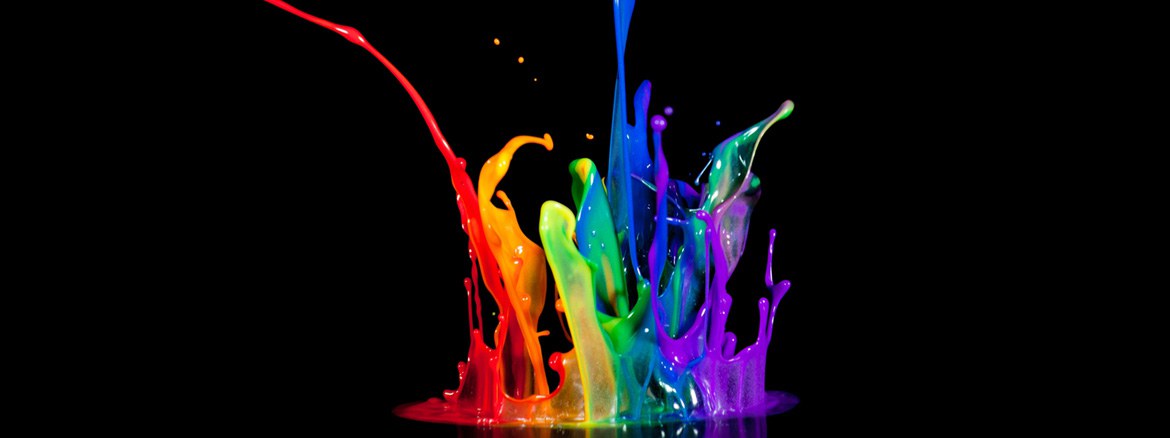
Offset printing produces an even and full-surface colouring of the plastic cards, the colours are brilliant and the edges are pin sharp. In offset printing, high-resolution CMYK Euroscale color scheme is used. Special colors from the Pantone and HKS colour fans are also possible. These special colors can even be used for just individual objects on the card, e.g. for a logo or individual words. Offset printing can therefore be used to create particularly creative and complex layouts. Due to the high quality of the printing result, offset printing is the most widely used printing method in plastic card printing.
Unlike offset printing, digital printing does not require a fixed template. This means that each sheet can be printed anew and differently. In addition, multi-page documents can be printed directly and without change, eliminating the need for sorting afterwards. This printing process is particularly suitable for small card runs and for urgent jobs, as production times are shorter than with offset printing. Digital printing also brings good quality, but does not match the colour intensity and quality of offset printing and is more limited in colour selection: Special colours are not possible.
Screen printing is used for full-surface printing in one colour and for writing fields. This process achieves particularly opaque, intensive colour results. Metallic inks with glitter particles are also screen printed onto the plastic cards. Colour gradients are not possible. With screen printing, a separate screen is produced for each colour used, which leads to slightly higher costs than with other printing techniques. Depending on the layout, screen printing can also be combined with offset printing. Just ask us about the possibilities!
In sublimation printing, the ink is evaporated by means of heat from the ink ribbon under the carrier material of the plastic card, i.e. transported under the surface. This makes the print extremely durable and safe from abrasion. The result is realistically looking colour fidelity and image depth. Many of the plastic card printers we recommend are capable of sublimation printing.
The pressure is also generated thermally in the re-transfer process. In contrast to direct printing, the printed image is first printed mirror-inverted on a so-called transfer film. This film is then applied to the plastic card with the help of a rubber roller. This results in two strong advantages: the print is more reliable and borderless. Especially when printing on chip cards (contact chip and RFID) as well as on cards with uneven surfaces in general, the re-transfer process should be chosen because the chip does not come into contact with heat and thus does not interfere with the color application near the chip/antenna. In addition, the re-transfer film allows borderless printing, unlike direct printing. All About Cards offers the most powerful re-transfer card printers from Zebra, EDIsecure and Evolis.
DoD is similar to the inkjet process and a method to personalize plastic cards quickly and easily, for example with barcodes. DoD is used for high volume cards.
Each printing process has its own layout requirements. To ensure that you provide us with the print data in a suitable form, please refer to our layout specifications.
